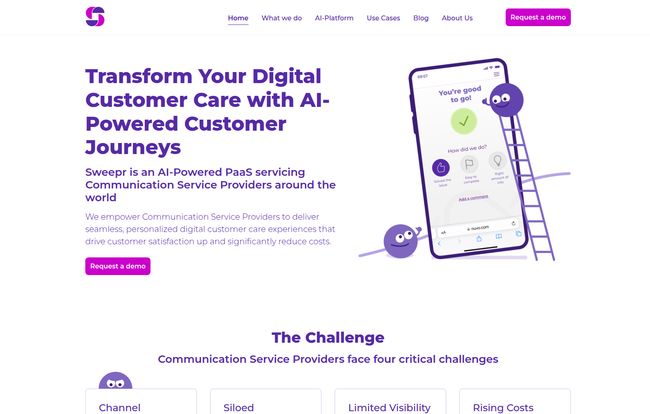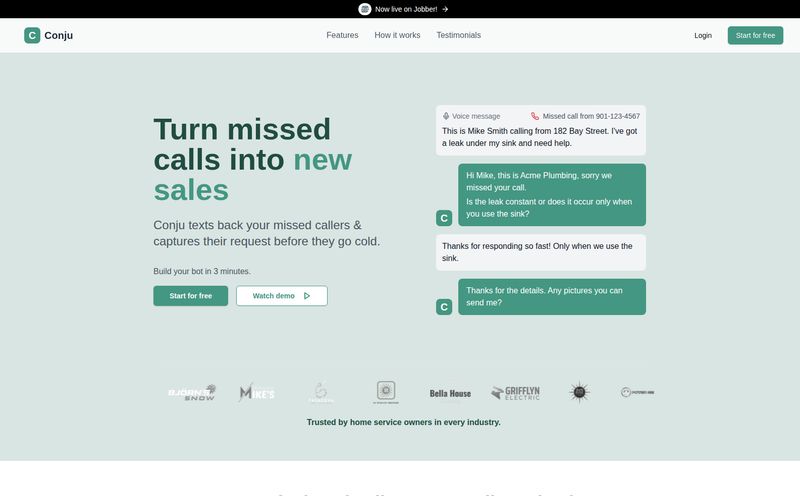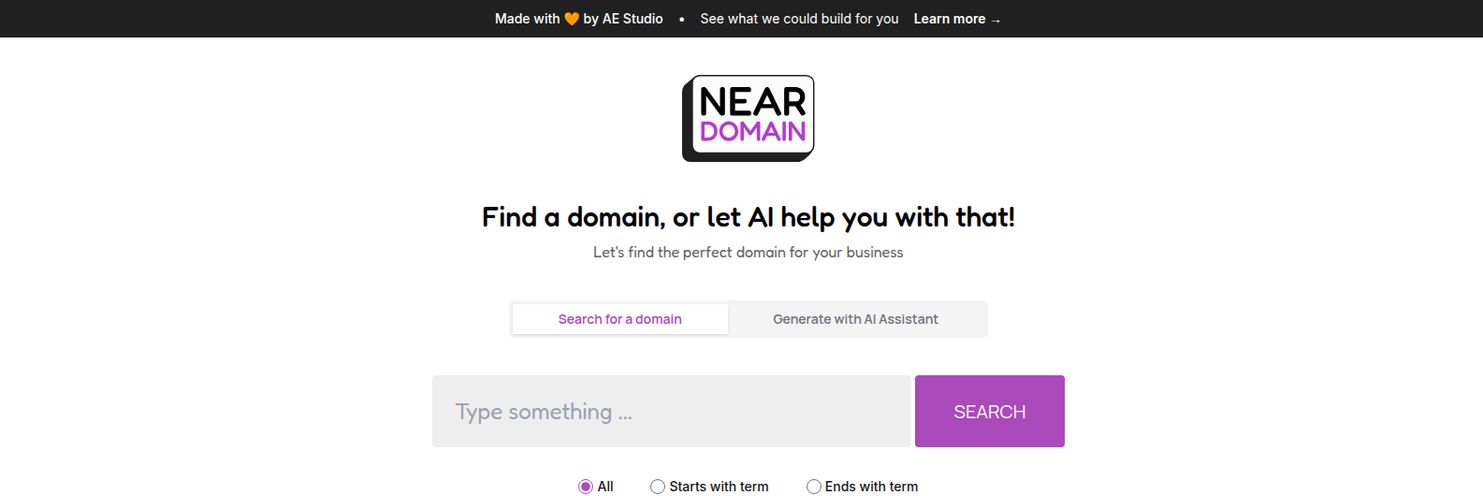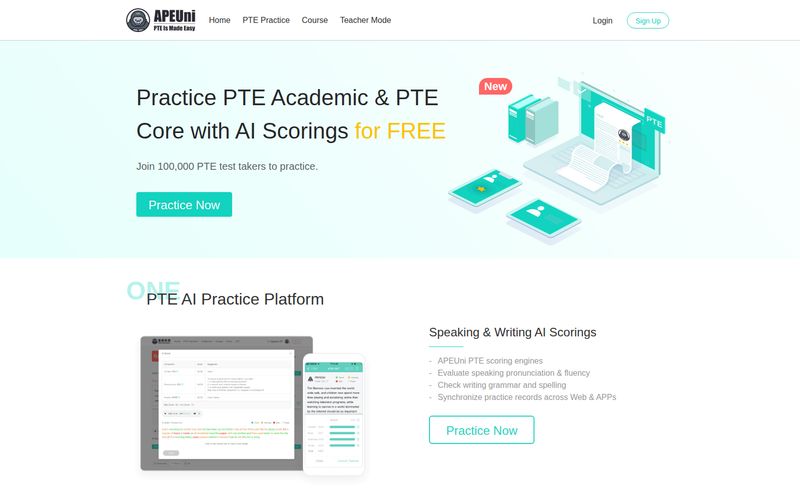If you work for a Communication Service Provider (CSP), you've probably had days where you wanted to throw your monitor out the window. The endless loop of customer complaints, the abysmal first-contact resolution rates, the sheer cost of sending a technician out—what we lovingly call a 'truck roll'—it’s enough to make anyone question their life choices. We’ve been hearing about 'digital transformation' for years, but for many customers, trying to get help from their telco still feels like shouting into a void.
I've seen so many platforms promise to be the magic bullet. The one-stop shop. The silver-bullet solution. Most of them are just shiny new dashboards slapped on top of the same old broken processes. So, when I came across Sweepr, I was naturally skeptical. Another AI-powered PaaS promising to revolutionize customer care? Color me intrigued, but not yet convinced. But I decided to take a look, and what I found was... well, pretty interesting.
What's the Big Deal with CSP Customer Experience Anyway?
The problem for most telcos isn't a lack of channels. It's that the channels don’t talk to each other. A customer starts a chat on the website, gets frustrated, and calls the support line. But the agent on the phone has zero context. They're starting from scratch. It's like a band where the drummer, guitarist, and singer are all playing from different sheet music. The result is just noise, and your customer satisfaction score plummets.
This is what the industry calls channel fragmentation and siloed operations. Marketing owns the app, customer service owns the call center, and the tech team owns the website chatbot. They rarely sync up, leading to inconsistent, infuriating experiences for the customer and rising costs for the business. Every unresolved issue escalates, often ending in one of those expensive truck rolls that could have been avoided with a simple, clear digital guide.
So, How Does Sweepr Claim to Fix This Mess?
Sweepr positions itself as a director for this chaotic movie. It's a Platform-as-a-Service (PaaS) built specifically for CSPs, and its whole game is about Unified Journey Orchestration. Instead of having a dozen different teams managing their own little piece of the customer experience, Sweepr aims to bring it all under one roof. It lets you build, manage, and optimize every single customer care journey—from 'my internet is slow' to 'how do I read my bill'—across all your channels.

Visit Sweepr
The idea is to create a single, coherent narrative for the customer. If they start on the app, move to the web, and end up on a call, the context follows them. The system knows who they are, what their problem is, and what they've already tried. This isn't just a nice-to-have; it's the foundation of modern customer service.
The 'No-Code' Promise: Too Good to Be True?
Here’s the part that really caught my eye: the no-code journey builder. I've been in meetings where a brilliant idea for improving a customer flow dies because the dev team’s backlog is six months long. It's a classic bottleneck. A no-code or low-code environment means the people who actually understand the customer journey—the CX managers, the support leads—can make changes themselves.
Want to tweak the steps for a router reset guide? Drag, drop, and publish. No need to file a ticket and wait for the next sprint. This kind of agility is how you stay ahead. It democratizes the process, which I'm always a huge fan of.
Getting Personal with AI
Of course, you can't swing a cat in the tech world without hitting the word 'AI'. Sweepr is no different, with its “Sweepr AIntelligence” and “Intelligent Personalization.” But this seems to go a bit deeper than just plugging `{{customer.firstName}}` into an email. The platform uses AI to deliver contextual insights. It knows a customer's device, their service history, and even real-time network issues.
So, instead of a generic 'Have you tried turning it off and on again?' a customer might get a personalized prompt like, “We see you’re using a Model X router and there’s a minor outage in your area. Here are two steps to try while we resolve it.” I was listening to a Dataxis webinar with Ryan from VEUS (a European telco), and he talked about how this level of context is what separates a frustrating experience from a helpful one. It shows the customer you actually know who they are. It builds trust.
The Tangible Wins and Potential Gotchas
No platform is perfect, and I always look for the trade-offs. On one hand, Sweepr’s promises are exactly what a stressed-out CSP operations manager wants to hear. We're talking about a serious reduction in call center volume, a big bump in first-contact resolution, and getting customers to actually adopt and use the digital tools you've spent a fortune building. The unified view of the customer journey is the holy grail for many.
However, let's ground ourselves in reality. A platform like this requires proper setup and integration with your existing systems (CRM, billing, etc.), and that’s never a simple flip of a switch. And the AI is only as good as the data you feed it. If your data is a mess, the personalization won't be as intelligent as you'd hope. Finally, your team will need some training to get the most out of teh platform—especially the no-code builder. It’s a powerful tool, but it’s not magic.
What About Pricing?
If you're looking for a pricing page with neat little tiers, you won't find one. And that's not surprising. For a B2B PaaS solution like this, pricing is almost always custom. It'll depend on the size of your customer base, which modules you need, the level of integration required, and a dozen other factors. This is standard procedure in enterprise software. You'll have to do what the big purple button says: Request a demo. That’s your entry point to getting a real quote tailored to your business.
Getting Started in 90 Days
Sweepr advertises a pretty bold 'go-live' plan: Discovery, Proof of Concept, and full implementation in 90 days. For the enterprise world, that's lightning fast. This three-step process suggests they have a well-defined onboarding system, which is reassuring. Starting with a smaller 'Proof of Concept' is a smart way to show value quickly before going all-in on a company-wide rollout.
Frequently Asked Questions about Sweepr
Is Sweepr only for large telecommunication companies?
While their primary market is Communication Service Providers (CSPs), the principles of unified customer journeys could apply to any large service-oriented organization. However, their features are definitely fine-tuned for the unique challenges of the telecom world.
What does 'omnichannel orchestration' actually mean?
It means creating a single, continuous customer experience across all your touchpoints—app, website, call center, chatbot, even in-person stores. The conversation and context move seamlessly with the customer from one channel to the next.
How technical do you need to be to use the no-code builder?
From what I gather, it’s designed for non-technical users like CX managers or marketing teams. It uses a visual, drag-and-drop interface, so you don't need to know how to code. You just need to understand your customer's needs.
Can Sweepr integrate with our existing CRM and billing systems?
Integration is a core part of any PaaS offering. Sweepr is designed to connect with existing business systems to pull in the necessary customer and network data for personalization. The specifics would be hammered out during the discovery phase.
How is customer data kept secure?
As a platform handling sensitive customer information for major telcos, Sweepr would have to adhere to strict data security and privacy standards like GDPR. This would be a major topic to cover during any demo or sales discussion.
What kind of business impact can we realistically expect?
Based on their claims, key impacts would be reduced operational costs (fewer calls, fewer truck rolls), increased customer satisfaction (CSAT/NPS scores), and higher adoption of digital self-service channels.
My Final Thoughts
Look, the customer service playbook for telcos has been broken for a long time. We've tried throwing more agents at the problem, we've tried building siloed apps that nobody uses. It hasn't worked.
Sweepr seems to be one of the few platforms I've seen that’s built on the right foundation: a unified, context-aware approach to the entire customer journey. It's not a magic wand that will instantly fix decades of systemic issues. It will require investment, good data hygiene, and a willingness to change old habits. But for CSPs who are genuinely tired of the status quo and ready to give their customers the experience they deserve, Sweepr looks like a very, very promising place to start.



